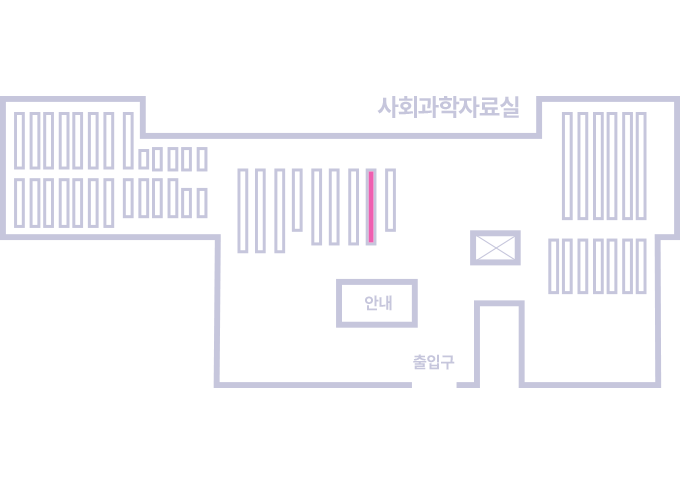권호기사보기
| 기사명 | 저자명 | 페이지 | 원문 | 기사목차 |
|---|
| 대표형(전거형, Authority) | 생물정보 | 이형(異形, Variant) | 소속 | 직위 | 직업 | 활동분야 | 주기 | 서지 | |
|---|---|---|---|---|---|---|---|---|---|
| 연구/단체명을 입력해주세요. | |||||||||
|
|
|
|
|
|
* 주제를 선택하시면 검색 상세로 이동합니다.
Title Page
Contents
ABSTRACT 8
Ⅰ. Introduction 10
Ⅱ. Methods 12
1. Patient selection 12
2. Preoperative evaluation 12
3. Pathologic assessment 12
4. Follow-up method after operation and detection of recurrence 13
5. Statistical analyses 13
Ⅲ. Results 15
1. Demographic and clinical features of IPNB versus nonpapillary CCC before and after PSM analysis 15
2. Demographic and clinical features of type 1 IPNB (51 cases) versus type 2 IPNB (34 cases) 15
3. Demographic and clinical features of invasive type 1 IPNB (36 cases) versus invasive type 2 IPNB (34 cases) 16
4. Immunohistochemistry findings of invasive type 1 IPNB (26 cases) versus invasive type 2 IPNB (15 cases) 16
5. Oncological outcomes 17
6. Risk factor analysis (70 cases of invasive IPNBs) 17
7. Analysis for time to initial recurrence 18
8. Analysis for initial recurrence site 19
Ⅳ. Discussion 20
Ⅴ. Conclusions 24
References 25
논문요약 28
Figure 1. Histological findings of IPNB according to type. (a) Type 1 IPNB. 39
Figure 2. Kaplan-Meier survival analysis. (a) Comparison of 5-year cumulative overall survival rate (OSR) of IPNB and nonpapillary CCC after PSM (b) Comparison of 5-year... 40
최근 한일 병리학자 및 간담췌외과의를 중심으로 담관내 유두상 종양을 1형과 2형으로 분류하자는 제안이 WHO 5판에 반영된 바 있다. 하지만, 아직까지 재발의 가능성이 있는 침습성 담관내 유두상 종양의 아형에 따른 종양학적 결과에 대한 연구는 거의 없는 실정이다. 본 연구의 주 목적은 침습성 1형 담관내 유두상 종양과 침습성 2형 담관내 유두상 종양 사이에 임상병리학적 특징과 종양학적 결과의 차이가 존재하는지를 밝혀내는데 있다.
2006년부터 2018년까지 담관내 유두상 종양으로 수술적 절제를 시행받은 85명의 환자와 비유두상 담관암으로 수술적 절제를 시행받은 1038명의 환자의 의무기록을 전향적으로 수집하여 후향적으로 분석하였다. 담관내 유두상 종양의 임상적 특징에 대한 분석을 위한 참고치로써 85명의 비유두상 담관암 환자가 일대일 성향점수 매칭을 통해 선별되었다. 매칭 변수는 나이, 성별, 침윤 깊이, 림프절 전이, 림프혈관계 침범, 신경주위 침범 등이었다. 잘 조직된 유두상 성장 패턴을 가지면서 동일하면서도 규칙적인 표면상피와 얇은 섬유혈관줄기로 구성된 경우 1형 담관내 유두상 종양으로, 불규칙한 가지형성 패턴을 가지면서 불규칙한 표면상피와 다양한 두께 (얇은 두께에서 두꺼운 두께까지)의 섬유혈관 줄기로 구성된 경우 2형 담관내 유두상 종양으로 정의하였다.
담관내 유두상 종양 총 85례 중에서 침습성 종양은 1형 담관내 유두상 종양 36례였으며 2형 담관내 유두상 종양이 34례였다. 두 그룹을 비교해 보았을 때, 더 높은 CA 19-9 수치와 더 높은 림프혈관계 침범과 pancreatobiliary phenotype의 비율이 침습성 2형 담관내 유두상 종양에서 유의하게 관찰되었다 (45.3 ± 122.5 U/ml vs 290.9 ± 760.0 U/ml, p = 0.028; 0 % vs 20.6 %, p = 0.004 and 13.9 % vs 58.8 %, p < 0.001). 면역조직화학검사에서는 침습성 2형 담관내 유두상 종양에서 유의하게 더 높은 MUC 1 비율을 나타냈다 (15.4 % VS 53.3%, p = 0.015). 침습성 1형 담관내 유두상 종양과 침습성 2형 담관내 유두상 종양 간의 5년 무병 생존률의 차이는 약간의 유의성을 가진 것으로 나타났다 (86.1 % vs 66.0 %, p = 0.085). 다변량 분석에서는 CA 19-9≥14 U/ml (위험비율: 4.841, 95% 신뢰구간 1.570 - 14.925, p = 0.006)와 담관벽을 넘어선 침윤 (위험비율: 5.462, 95% 신뢰구간 1.927 - 15.483, p = 0.001)이 재발에 영향을 미치는 위험인자로 드러났다. 두 군 간의 늦은 재발의 차이에는 약간의 유의성이 존재하였다 (20.0 % vs 72.7 %, p = 0.094).
결론적으로, 침습성 1형 담관내 유두상 종양과 침습성 2형 담관내 유두상 종양 간의 5년 무병 생존률의 차이에는 약간의 유의성이 존재하였다 (86.1 % vs 66.0 %, p = 0.085). 나쁜 예후에 영향을 미치는 여러 변수 (CA 19-9, 림프혈관계 침범, pancreatobiliary phenotype, MUC1) 들이 유의하게 더 높은 비율로 침습성 2형 담관내 유두상 종양에서 관찰되었다. 늦은 재발의 경우, 두 군 간에 약간의 유의성을 가진 채 침습성 2형 담관내 유두상 종양에서 침습성 1형 담관내 유두상 종양에 비해 더 빈번하게 늦은 재발이 발생하였다. 이러한 점들을 고려해보았을 때, 담관내 유두상 종양의 아형에 따라 다른 추적 기간과 전략이 적용되어야 할 것으로 보인다.*표시는 필수 입력사항입니다.
| 전화번호 |
|---|
| 기사명 | 저자명 | 페이지 | 원문 | 기사목차 |
|---|
| 번호 | 발행일자 | 권호명 | 제본정보 | 자료실 | 원문 | 신청 페이지 |
|---|
도서위치안내: / 서가번호:

우편복사 목록담기를 완료하였습니다.
*표시는 필수 입력사항입니다.
저장 되었습니다.